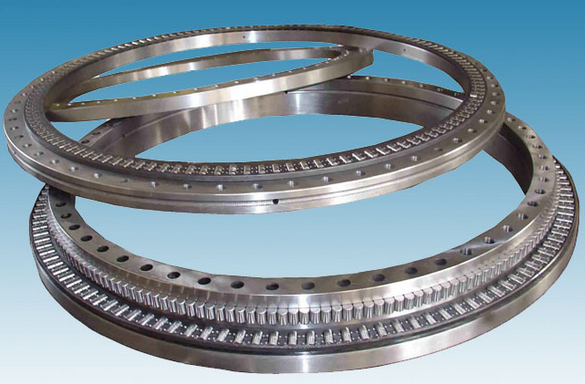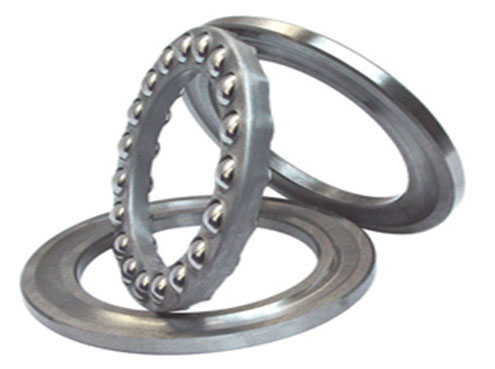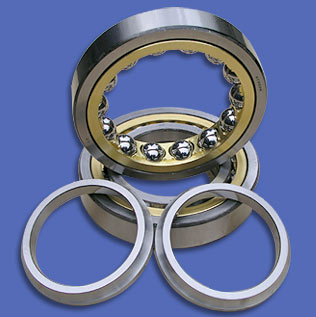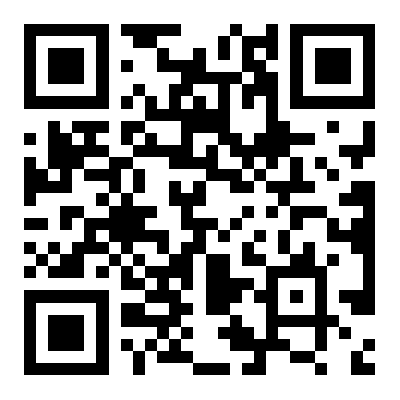Double row needle roller bearing
Long cylindrical roller bearing
NA, RNA type
The standard needle roller bearing is NA type, with retaining edges or elastic locking rings on both sides of the outer ring, and no retaining edges on the inner ring. There are two types of structures available: single row and double row roller needles. Regardless of single row or double row needle roller bearings, they can be made into NA type structures with inner rings or RNA type structures without inner rings.
The large size series needle roller bearings have circular lubricating oil grooves and lubricating oil holes on the outer ring. The outer ring components (outer ring, needle roller, and cage) of NA type needle roller bearings cannot be separated, but if there is an inner ring, they can be separated from the outer ring components. The needle roller of the non inner ring bearing directly contacts the surface of the journal, which can further reduce the requirements for the radial installation position size of the bearing seat. However, it is required that the surface hardness and dimensional accuracy of the journal should meet the corresponding technical requirements for the bearing raceway.
The NAV and RNAV types are fully loaded needle roller bearings without cages. It is a structure derived from NA type and RNA type bearings. Its load-bearing capacity is greater than that of NA and RNA bearings, but its speed performance is lower than that of NA and RNA bearings. Suitable for use under low speed operating conditions.
The NAO type inner and outer rings have no ribs and have single or double row roller needles. When double row needle rolling, the outer ring has lubrication oil grooves and lubrication holes.
K-type bearings, also known as "needle and cage components," have no inner or outer rings. It is the type of bearing with the smallest radial size among bearings. It works on the surface of the shaft and bearing seat as raceways, therefore, it is required that the hardness and dimensional accuracy of the matched shaft surface and bearing seat surface should basically meet the corresponding technical requirements of the bearing raceway.
Long cylindrical roller bearings have similar usage characteristics as needle roller bearings, but their radial cross-sectional dimensions are larger than those of needle roller bearings, so they can withstand larger radial loads.
The ratio of length to diameter (aspect ratio) of the rollers of long cylindrical roller bearings and the needles of needle roller bearings is greater than 3, with the difference being that the roller diameter of long cylindrical roller bearings is greater than 5mm. Therefore, in terms of structural form, long cylindrical roller bearings and needle roller bearings have many identical structures.
Long cylindrical roller bearings, like needle roller bearings, can only withstand pure radial loads and cannot limit the axial displacement of the shaft and bearing seat. During bearing installation, angle errors between the inner ring axis and the outer ring axis are also not allowed.
The structure of NAOL type and NAO type needle roller bearings is the same. Both the inner and outer rings have no ribs, and the structure of NAL type and NA type needle roller bearings is the same. The outer ring is equipped with retaining edges or elastic locking rings on both sides, while the inner ring has no retaining edges.
The outer ring of the universal joint bearing has a unique external structure and installation edge, without an inner ring, and is fully loaded with rollers or needles. Universal joint bearings are generally equipped with dust covers or sealing caps to prevent the invasion of various pollutants. Universal joint bearings are mainly used on heavy-duty machinery such as automobiles, steel rolling machinery, lifting and transportation machinery, as well as various types of universal joints in other mechanical industries. The rings of this type of bearing have undergone special heat treatment, so they can withstand large impact loads. The cross-sectional size and occupied space of the universal joint bearing itself are small, which can simplify the structure of the universal joint cross shaft. The universal joint bearing directly works on the shaft surface as a raceway, therefore, it is required that the hardness and dimensional accuracy of the matched shaft surface should basically meet the corresponding technical requirements of the bearing raceway.
Holder
Needle roller bearing cages are mostly steel plate stamped wave shaped cages, as well as vehicle made (steel, bakelite, or brass) solid cages, as well as engineering plastic cages such as glass fiber reinforced nylon 66.
Minimum load
In order to ensure good operation of bearings, needle roller bearings, like other ball and roller bearings, must apply a certain amount of minimum load, especially when working at high speeds, high accelerations, or under conditions with frequent changes in load direction. Because of these operating conditions, the inertia force of the rolling element and cage, as well as the friction inside the lubricant, will have a negative impact on the rolling and rotating accuracy of the bearing, and there may be harmful sliding movements between the ball and raceway that are harmful to the bearing.
The minimum load Fmin required for deep groove ball bearings can be estimated using the following formula: Fmin=0.02C, where C is the basic rated dynamic load, N
Dimensions, tolerances, clearances
The external dimensions of standard needle roller bearings comply with the provisions of GB/T273.3 "General Scheme for External Dimensions of Radial Bearings in Rolling Bearings", GB/T 290 "External Dimensions of Pressed Outer Ring Needle Roller Bearings in Rolling Bearings", JB/T 7918 "Radial Needle and Cage Components in Rolling Bearings", JB/T 3588 "External Dimensions and Tolerances of Full Assembly Needle Roller Bearings in Rolling Bearings", JB/T 3370 "Cylindrical Roller Bearings with Universal Joints in Rolling Bearings", etc. The tolerance of standard needle roller bearings shall comply with the provisions of GB/T307.1 "Rolling Bearings, Radial Bearings, Tolerances" and relevant tolerance standards. The clearance of needle roller bearings with inner and outer rings shall comply with the provisions of GB/T4604 "Radial Clearance of Rolling Bearings" standard. The clearance without inner and outer rings or with only one ring depends on the diameter tolerance of the matching journal. The dimensional tolerance level of standard needle roller bearings is generally manufactured according to P0 level (ordinary level), and the clearance is manufactured according to 0 group (basic group).
Equivalent dynamic (static) load
Because this type of bearing only bears radial load, the equivalent dynamic load of the bearing is the same as the equivalent static load. The equivalent dynamic (static) load can be calculated using the following method: P=P0=Fr, where P - equivalent dynamic load, NP0- equivalent static load, NFr - radial load, N





